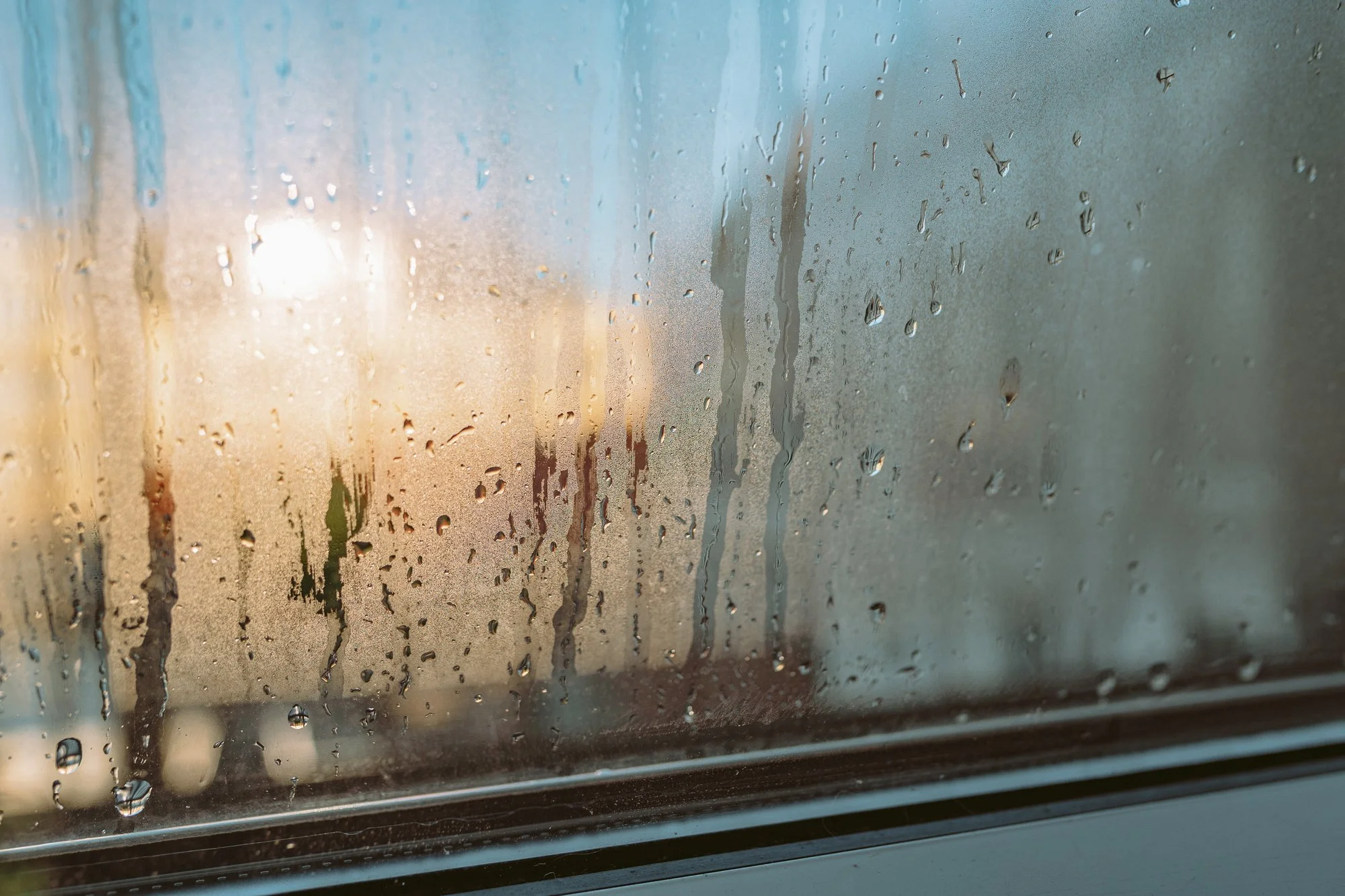The Importance of Ventilation as the Winter 2025 Condensation Season Approaches
Winter 2025 Condensation Season Approaches
As the cold grip of winter approaches, many of us are preparing to hunker down indoors, cozying up with blankets, hot drinks, and warm spaces. However, as comforting as winter can be, it brings with it a lesser-known but significant issue: condensation. Inadequate ventilation, especially during the cold months, can lead to serious problems such as dampness, condensation, and the growth of mould. With the winter of 2025 just around the corner, it’s essential to be mindful of these issues and the importance of proper ventilation in your home.
What Causes Condensation?
Condensation occurs when warm, moisture-laden air inside a home comes into contact with cold surfaces like windows, walls, or poorly insulated areas. As the temperature of the surface drops, the moisture in the air condenses into water droplets, creating the perfect environment for dampness. As the winter chill sets in, we naturally close windows, seal doors, and do everything possible to keep heat inside — but this often means trapping moisture indoors, which exacerbates condensation.
The problem intensifies as we use heating systems, take hot showers, dry clothes indoors, cook steamy meals, and engage in other moisture-generating activities, all while neglecting ventilation. If this moisture has no place to escape, it settles on cold surfaces and, over time, causes problems ranging from unsightly window fogging to more severe issues like damp walls and the growth of mould.
The Dangers of Mould in Your Home
When condensation builds up in your home, it doesn’t just affect the aesthetics of your living space; it can also lead to the development of mould, a more dangerous health concern. Mould thrives in damp, humid environments and can spread quickly on walls, ceilings, and even furniture if not addressed early. The black spots of mould are not just unpleasant to look at but can also compromise the integrity of your property.
But perhaps the most pressing concern is the impact mould can have on your health. Exposure to mould spores can trigger respiratory issues, especially for those with allergies, asthma, or weakened immune systems. Common symptoms include coughing, sneezing, eye irritation, and even skin rashes. In extreme cases, prolonged exposure to mould can lead to more severe respiratory complications.
As we head into the winter of 2025, it’s crucial to understand that prevention is key when dealing with mould. And the best way to prevent mould from taking hold in your home is by ensuring proper ventilation.
How Ventilation Helps
Ventilation is the unsung hero of a healthy, mould-free home, particularly during winter. Proper ventilation helps to remove moist air from your living space, replacing it with drier, fresh air from outside. This process reduces the amount of humidity indoors, preventing condensation from building up on cold surfaces.
Here’s how ventilation can help you prevent condensation and mould this winter:
Reduces Indoor Humidity: By allowing moist air to escape and fresh air to circulate, ventilation helps balance indoor humidity levels. This simple process reduces the risk of condensation settling on cold surfaces, lowering the likelihood of mould forming.
Regulates Indoor Temperature: Good ventilation ensures that warm air circulates evenly throughout your home, preventing cold spots on walls, windows, or corners where condensation is most likely to form.
Improves Air Quality: Ventilating your home doesn't just remove moisture but also improves the overall quality of the air you breathe. This is especially important during winter when we spend more time indoors, as poor air quality can lead to health issues like headaches, dizziness, and allergies.
Protects Your Home’s Structure: Excess moisture can damage your home’s structure over time. Damp walls, peeling paint, and even rotting wood are potential consequences of poor ventilation. By keeping your home properly ventilated, you are protecting your property from long-term structural damage.
Tips for Proper Ventilation This Winter
So, how can you ensure your home is adequately ventilated as we enter the winter of 2025? Here are a few simple tips:
Use Extractor Fans: In moisture-heavy areas such as the kitchen and bathroom, make sure to use extractor fans while cooking, showering, or doing laundry. This helps to immediately remove moisture from the air before it settles.
Ventilate Regularly: Even in the cold months, it's important to open windows occasionally to let fresh air in. You don’t have to keep them open all day, but short bursts of ventilation can significantly reduce indoor humidity.
Avoid Drying Clothes Indoors: If possible, avoid drying clothes indoors, as this can release large amounts of moisture into the air. If you must dry clothes inside, use a well-ventilated space or a tumble dryer with a venting hose.
Invest in a Dehumidifier: Dehumidifiers are an excellent way to control moisture levels, especially in homes prone to dampness. They draw excess moisture from the air, helping to prevent condensation and mould growth.
Check for Draughts: While you want to keep your home warm, ensure that any draughts are not sealing in excessive moisture. Draught-proofing should balance keeping warmth in and allowing adequate airflow.
Consider a Ventilation System: If your home consistently suffers from condensation and mould, it might be worth investing in a whole-house ventilation system. These systems continuously circulate air, removing excess moisture and ensuring a healthy balance year-round.
Conclusion
As the winter 2025 condensation season looms, it’s more important than ever to ensure your home is properly ventilated. By controlling indoor moisture levels, you can prevent the unsightly and harmful effects of condensation and mould, while also improving air quality and protecting your home’s structure.
So, before the cold weather sets in, take a moment to assess your home’s ventilation. Implement the tips above, and you’ll enjoy a warmer, healthier, and more comfortable winter — without the worry of condensation and mould creeping in.

